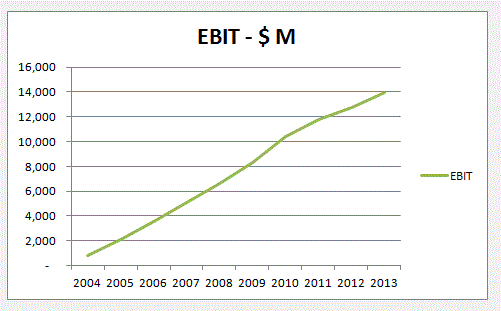It's time for many to assess how they fared in the game of investing. I have selected some of the largest market-cap stocks from India, and some other randomly in order to check out their performance over the years.
The longer term
Since I usually do not look short term, let's start with the five-year period, where the markets returned 57%. Take TCS, India's largest company in terms of market-cap. It has returned 233% over the last five years, while Reliance lost money (negative 18%). However, it performed much better than NTPC which lost 40%; how pathetic, and how relative. So much for the previous government's promises of reforms, especially in the power sector. ONGC is up 16% in five years. Tata Steel is down 35% (blame it on bad acquisitions and more). And then there is Asian Paints, which returned 304%, and Nestle which is up 1019%.
A look at the picture below, and we get the picture, I reckon.
The longer term
Since I usually do not look short term, let's start with the five-year period, where the markets returned 57%. Take TCS, India's largest company in terms of market-cap. It has returned 233% over the last five years, while Reliance lost money (negative 18%). However, it performed much better than NTPC which lost 40%; how pathetic, and how relative. So much for the previous government's promises of reforms, especially in the power sector. ONGC is up 16% in five years. Tata Steel is down 35% (blame it on bad acquisitions and more). And then there is Asian Paints, which returned 304%, and Nestle which is up 1019%.
A look at the picture below, and we get the picture, I reckon.
I am not much interested in the year-on-year performance particularly, but some things do stand out, and tell us.
For the year 2014
For the year 2014
For the year 2013
For the year 2012
For the year 2011
For the year 2010
The lessons
There are commodity businesses, and there are cyclical businesses, and then there are businesses which due to something about them that give them the pricing power. That is, they are able to increase prices of their products when they want to without worrying much about volume of sales. While the former categories rarely make investors rich, the latter category when purchased at the right market prices often rewards them sufficiently.
Obviously then it makes sense for us to watch those businesses which sell less discretionary products, have lower operating leverage, and not much of debt. These are the ones that have durable competitive advantages, and therefore, can sustain higher gross margins, and higher return on capital over a long period. Pick them at the right price (when markets have fallen off the cliff) in meaningful quantities, and wait for the price and value to converge. Have fun, get rich in the coming years ahead.



















































